The Dirty Dozen ( The history of the WW2 British Army Watches)
The Dirty Dozen ( The history of the WW2 British Army Watches)
To most of us, Military Watches nowadays was more a fashion and style icon than a functional necessity. However, if we jump back 80 years in time, these mechanical marvels were in fact necessities that help to keep military operations perfectly executed and sometimes help soldiers keeping their life. With the absence of today's technology, the ticking of the mechanical movement was the most accurate way to keep time. While precision timing is needed in military operations such as distance calculation and collaborating in a mission.
During the World War Two, all nations demand a durable and precision timekeeper for their military personnel. The US have the A-11, the German have the B-Uhr, the Japanese have Seikosha watches and the British the W.W.W. watch issued by the British Ministry of Defence that we are focusing on today.
Before the W.W.W. watch standard which also known as 'The Dirty Dozen', the British army was equipped with what were civilian watches with military dials, as you can imagine the watches are unable to survive the tough environment during the battlefield. Thus, the MoD drafted out a new set of specifications for a wristwatch calling it W.W.W. — Wrist, Watch, Waterproof.
The watches need to fit the below criterias:
Diameter need to between 35 to 38m, not including the crown
Using stainless steel case
Using a shatterproof crystal
Using a shatterproof crystal
Using a black dial with luminous hour markers and hands, and a railroad minute track
Watch need to be waterproof
Watch need to be waterproof


For the movement:
MoD specified the use of a 15-jewel movement between 11.75 and 13 lignes in size with chronometer grade precision.
Perhaps in a bid to maximize production, rather than partnering with a specific brand, they invited any Swiss manufacturer who could build a watch to the requested standard, to do so. In the end, there were 12 manufacturers in total that build the W.W.W. watches for the British Army. The manufacturers were Buren, Cyma, Eterna, Grana, Jaeger-LeCoultre, Lemania, Longines, IWC, Omega, Record, Timor and Vertex. Because of the variations in the size of their production line, each brand has manufactured a different no. of W.W.W. watches, however, it is estimated that the total number of Dirty Dozen watches was around 150,000.

At this point, collectors may think it might be easy to get the set on-hand for its historical significance, however, because each company produced a different number, and a lot of these W.W.Ws were destroyed in the 1970s due to the presence of radioactive Radium-226, in the luminescent material, it is extremely hard to complete the set. It was known that only a few collectors can ever complete the whole set around the world, it will surely remain to be the holy grail of military watch collecting.
Below is the estimated number of watches made by each manufacturer:
Among the Dirty Dozen, Grana is the hardest to find with the lowest number of production back then in 1945. A nice example of Grana rarely pop-up in auction market, and when it does the price will usually be significantly higher than other Dirty Dozen. (One recent case was a Grana auctioned by Trevanion & Dean at Whitchurch in 2018 for about GBP9,000.) This means the collector of this set needs extreme patient and dedication to locate the whole set.
Among the Dirty Dozen, Grana is the hardest to find with the lowest number of production back then in 1945. A nice example of Grana rarely pop-up in auction market, and when it does the price will usually be significantly higher than other Dirty Dozen. (One recent case was a Grana auctioned by Trevanion & Dean at Whitchurch in 2018 for about GBP9,000.) This means the collector of this set needs extreme patient and dedication to locate the whole set.

These days, only a few of the Dirty Dozen Watch Company were still around. Although some of the companies were making reissues of military watches inspired by their own history, it suffices to say we will never get another collection of watches from different brands, quite as storied and emotional as these 12, these Dirty Dozen.
Thanks for reading!
See you next week!
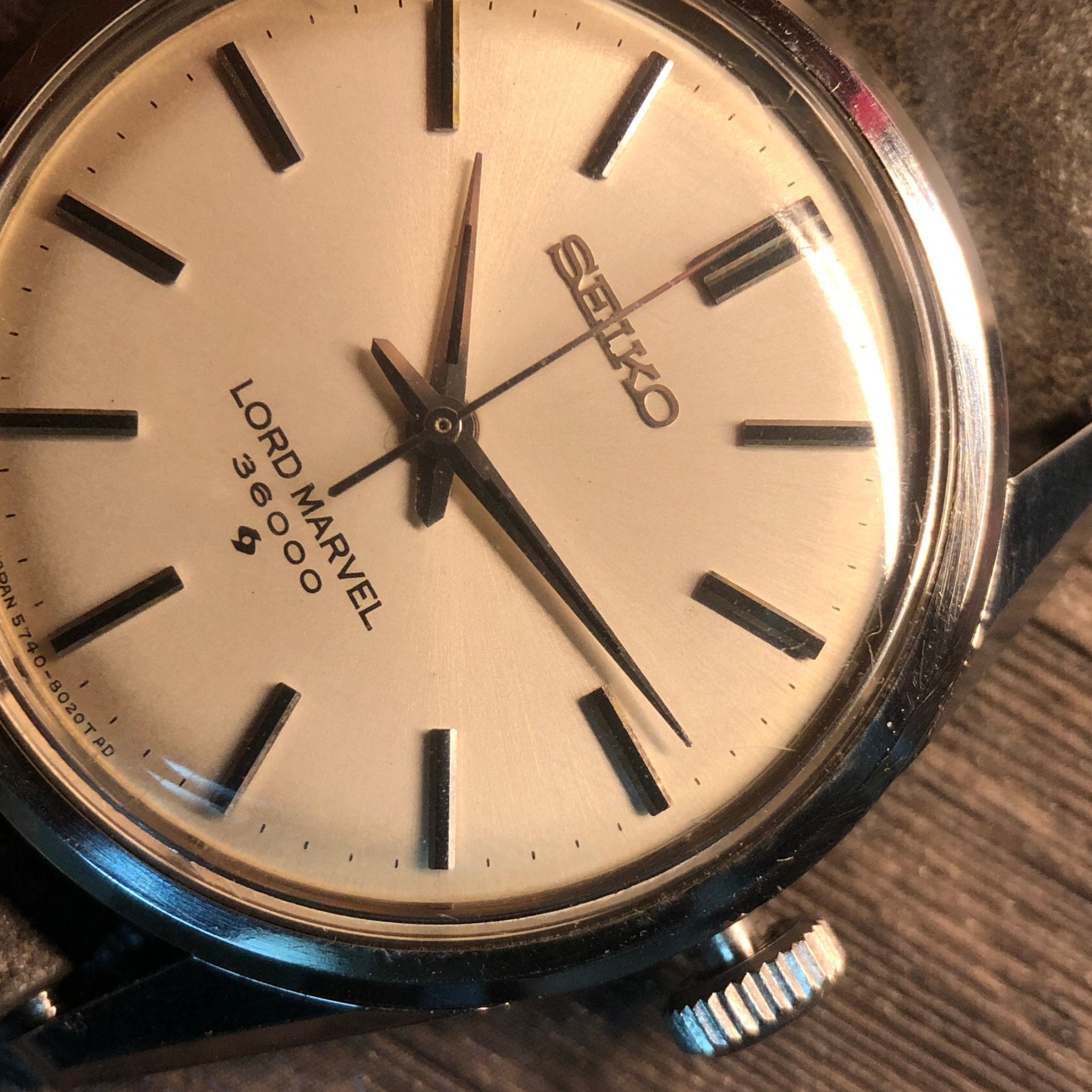
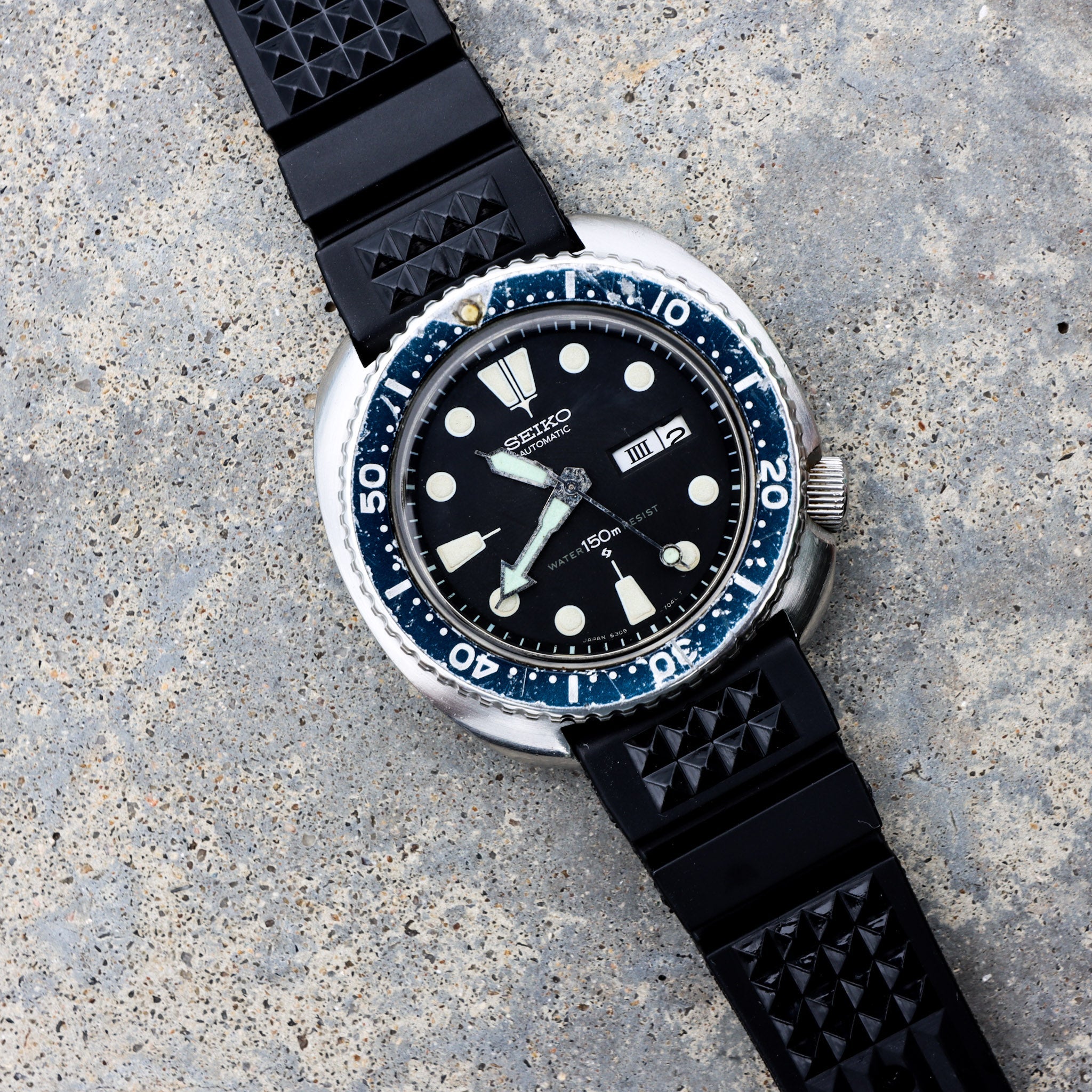
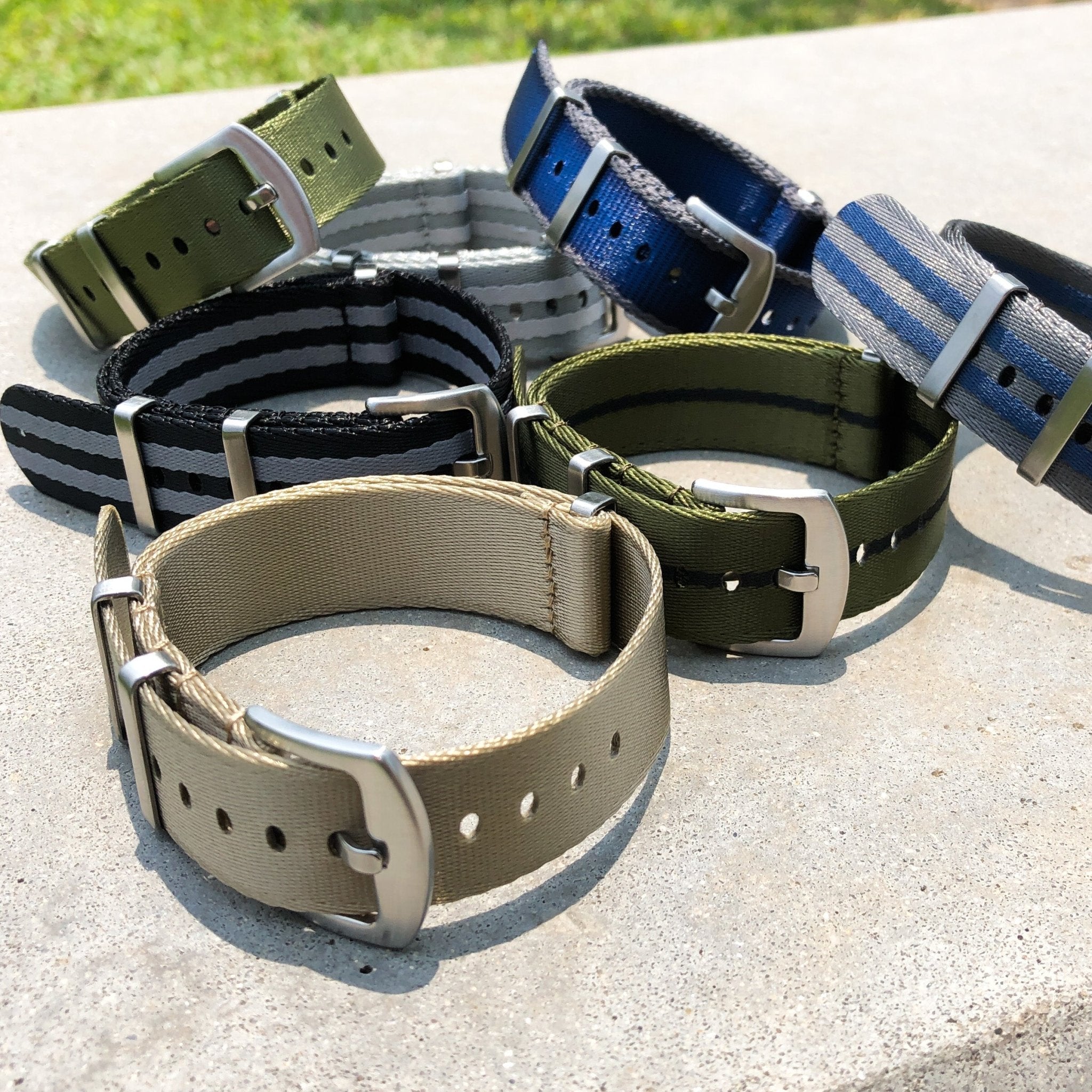
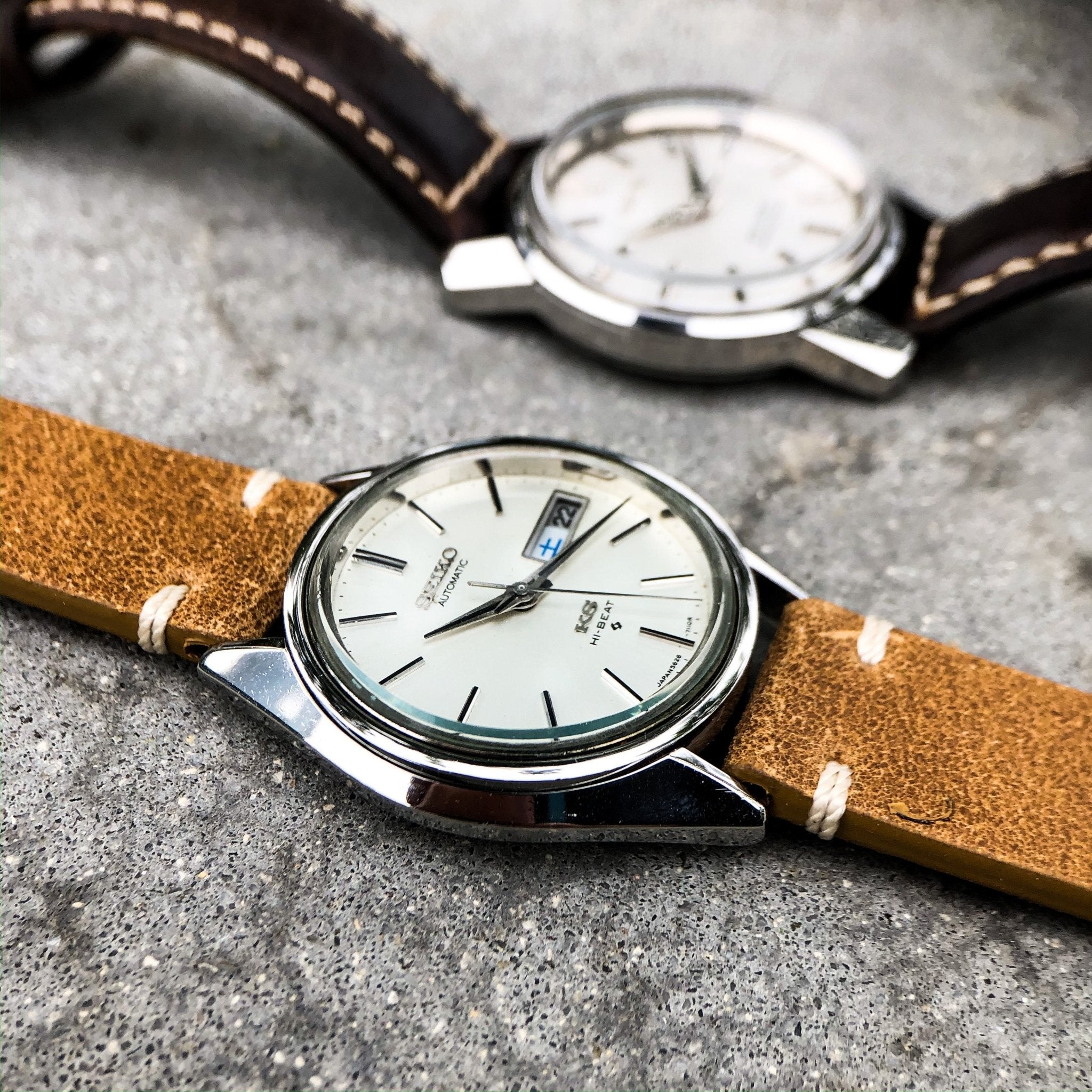
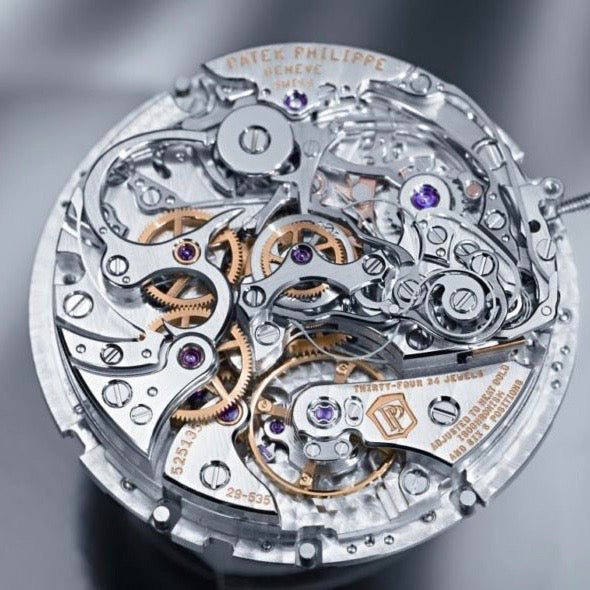


Leave a comment